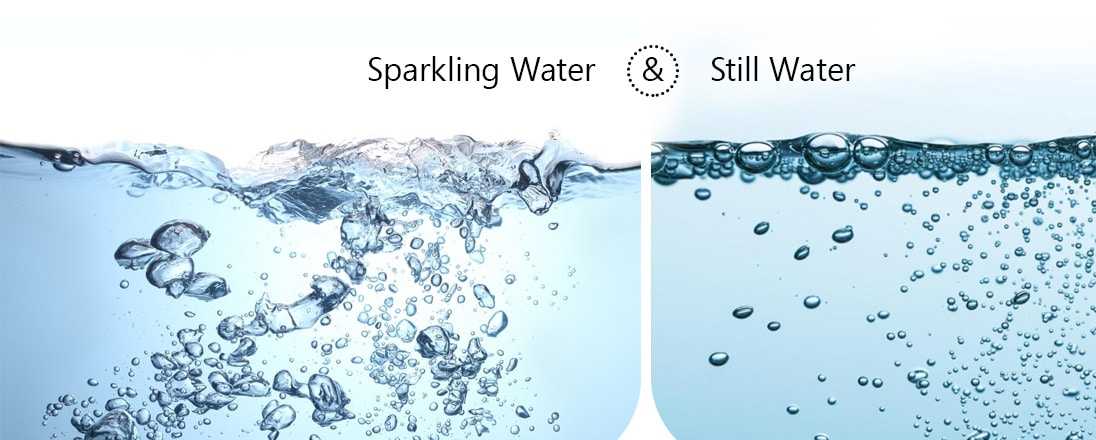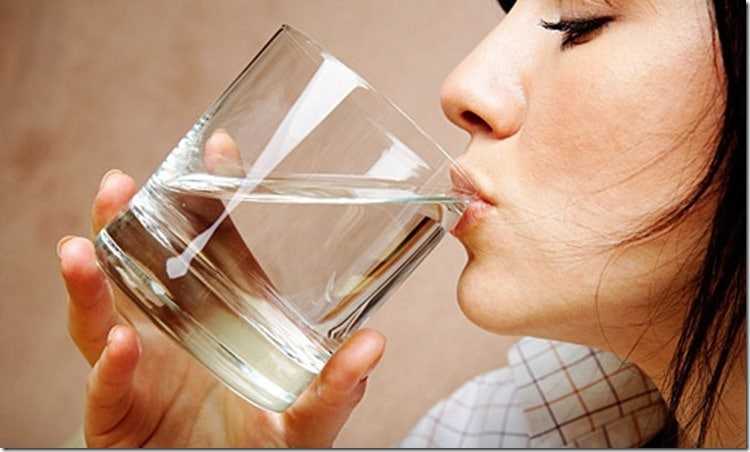You spent the past hour at the gym working out and are now on the path to recovery. As you visit grab a refreshing bottle of still water from the cooler, two different options catch your eye — still water and sparkling water. Tap water has always been your own lifeline, but sipping the sparkling varieties is this enjoyable experience. Then, the question hits you. Are there actually any differences between the two of them? After all, they’re both just water, right? Before you replace your old standby with a bottle of sparkling water, consider different processes and flavors and how they relate to your hydration needs.

How is the sparkling water prepared?
There are two forms of sparkling water, the natural form and the artificial form.
Natural gasification: The groundwater reservoir itself releases minerals and the heat adds vapours and gases. The heated water becomes light and ends up, where it is bottled for marketing and consumption.
Artificial gasification: It is the most used process in India and in the countries that produce sparkling water. The water is removed from the source and stored in stainless steel tanks. In this environment, the water goes through a process called deflation, where all the oxygen is removed from its composition and carbon dioxide is added in place, leaving the drinking carbonated water for consumption.
What are the differences between Still Water and Sparkling Water?
Still Water: Retained from hydro-mineral sources in areas protected from pollution, they may have more or fewer minerals, depending on the location. They have natural minerals, so they have therapeutic properties. This still water is naturally potable and suitable for human consumption.
Read More: Click Here

Comments
Post a Comment